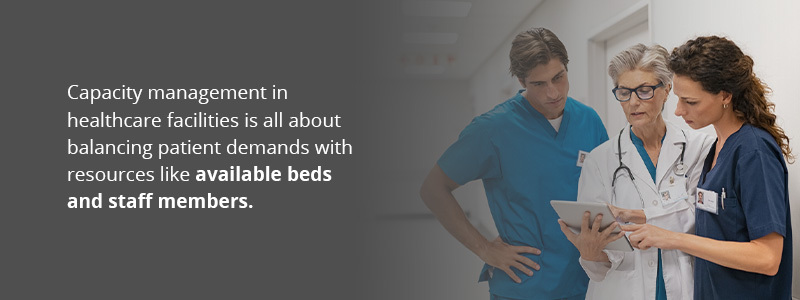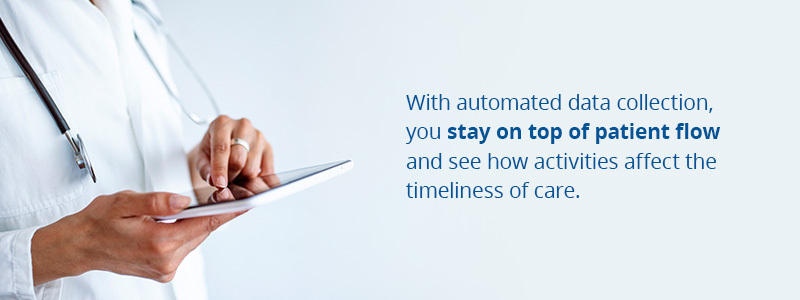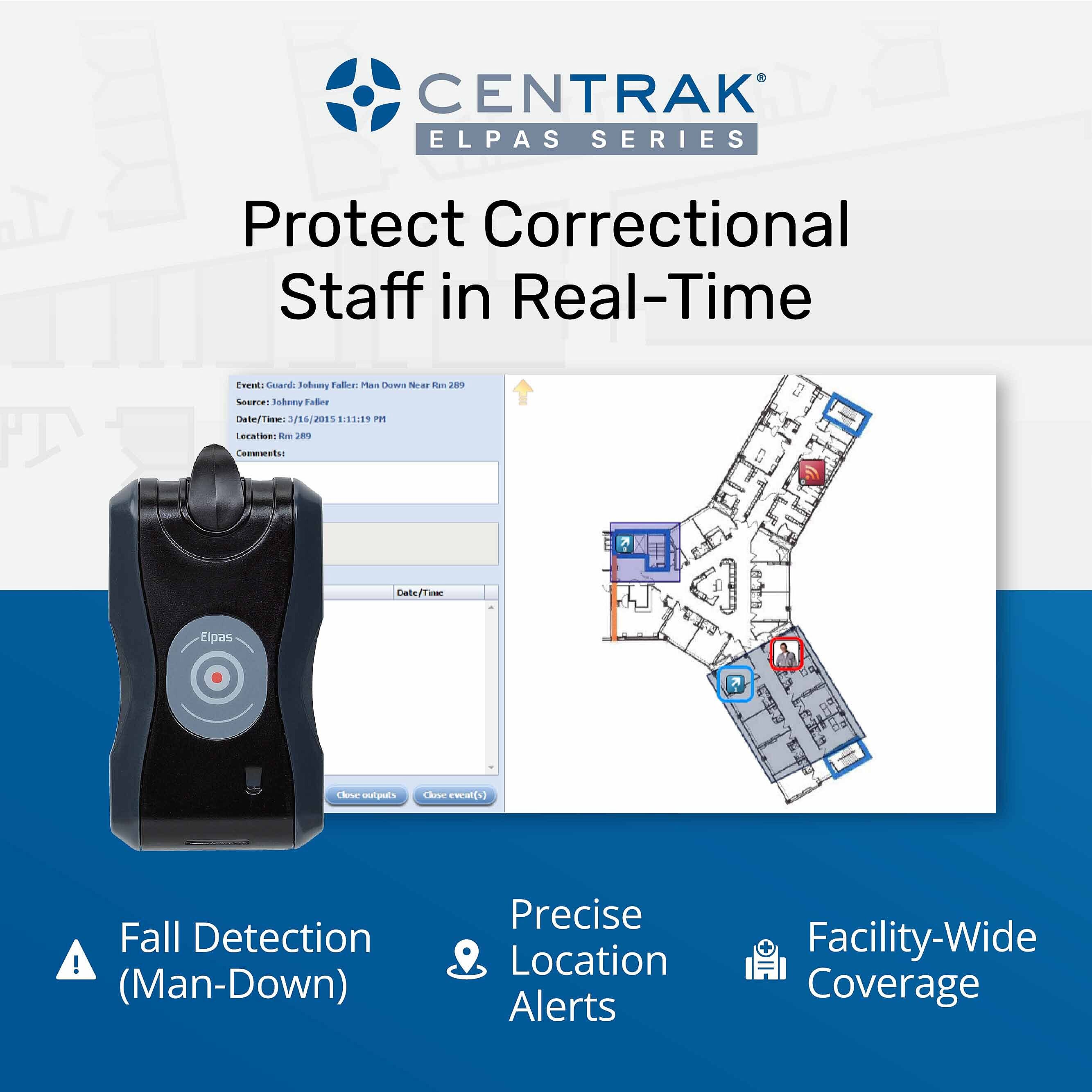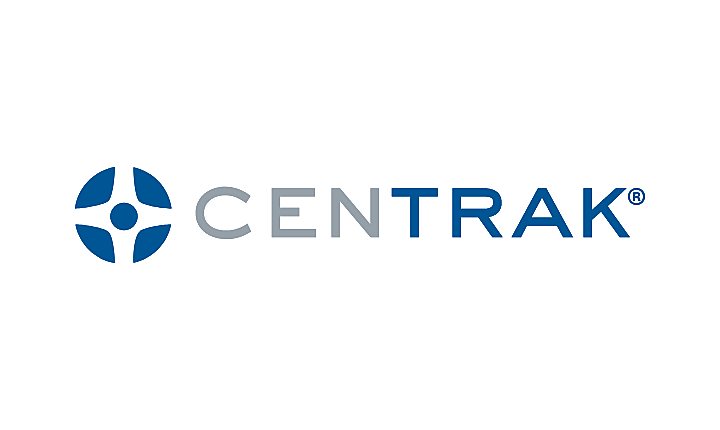Hospital Capacity Management Best Practices

While hospital capacity has always been a significant concern, COVID-19 elevated it to an even higher priority. Administrators need to ensure availability as admission rates change without wasting resources.
Hospital capacity management can entail changes to technology, personnel and policies, among other elements. It is a dynamic type of planning specific to a facility's unique population and services, and an effective strategy can have significant benefits, from financial savings to improved patient outcomes.
Focus on patient care, while we take care of the rest.
Let's take a closer at capacity planning and management in hospitals and how you can set your facility up for success with the right resources.
What Is Capacity Management in Healthcare?
Capacity management in healthcare facilities is all about balancing patient demands with resources like available beds and staff members. A hospital's ability to respond to demand might be affected by factors like staff resourcing challenges, supply chain issues and slow internal processes.

Patient intake can vary for many reasons, such as disease outbreaks, geopolitical events and the time of day. In 2020, the number of occupied beds across the United States neared 90%, but the national average is approximately 60% today.
Preparing for these ups and downs isn't always straightforward, as misaligning demands and resources can create problems. For example, if your available beds outpace the number of patients coming in, you're using more resources than necessary, which can be costly and inefficient. You might be paying for more space or physicians than you need. On the other hand, falling short means turning patients away or providing negative experiences, possibly even compromising patient safety.
Striking the right balance calls for a comprehensive approach, with multiple technologies, policies and practices that align with each other.

How to Improve Capacity Management in Your Hospital
Below are some strategies for improving hospital capacity management.
1. Use Real-Time Information Flows
Unsurprisingly, capacity decisions require updated information on the state of the hospital. Implement a system that offers real-time visibility on various aspects of capacity, like available beds and patient movement. It should connect separate departments and give your team all the reporting tools necessary to respond quickly and make informed decisions.
Say you have a patient ready for discharge and another in the waiting room. If the staff doesn't know a patient is waiting, they may have the discharge process lower on their list of priorities. Sending nurses an alert for long wait times or flagging the discharge as a priority task can support faster processes, a better patient experience and efficient resource use. Furthermore, automatically alerting Environmental Services the moment a patient has been discharged, rather than waiting for a manual update from staff, enables faster room turnover to make additional space available.
At a higher level, real-time, easy-to-read information can help administrators and other decision-makers figure out the immediate circumstances. If a crisis emerges, a quick dashboard can provide at-a-glance views on capacity and help hospitals divert resources where necessary without scrambling to assess the situation or collect data.
2. Predict Future Needs With Demand Forecasting
Demand forecasting can range from simple predictions to sophisticated algorithms and calculations. They should cover short- and long-term demand based on factors like:
- Patient volume
- Average length of stay
- Number of available beds
- Disease trends
- Equipment use
- Staff availability
Look for a solution that incorporates this information to arrange resource allocation for upcoming shifts and larger initiatives within months or years.
Even the best software requires accurate data sources, so ensure the information feeding into your analytics program comes from reliable, automated technology solutions. For example, with CenTrak locating technology, you can precisely monitor the movement and interactions of patients, staff and assets within the facility and empower your demand forecasting with the best data possible.
3. Improve Wait Time Management
Wait times can vary widely and increase with issues like bottlenecks, delays and inefficient processes. In addition to affecting the patient experience, they can also reduce the hospital's resource use and increase the risk of infection or other adverse health effects while the patient waits in a lobby.
By monitoring and addressing the root cause of long wait times, you can boost patient satisfaction and streamline patient flow. Asset monitoring and robust software to analyze movement can help you find these issues and identify actionable steps to address them.

4. Reduce Inefficiencies With Analytics
A healthcare visit involves different logistics activities, like checking in, moving to the exam room and checking out. The exam itself is only one part of the overall visit, and patients often wait long periods between phases. Inefficient workflows can also slow down staff, impeding their ability to offer exceptional patient care and adding frustration to the workday.
While inefficiencies can come from many places, identifying them calls for extensive visibility. By monitoring how long staff members spend on specific tasks or where patient flow bottlenecks are, you can make targeted, more effective changes. Finding areas of slowdown or inefficient processes is the first step to improvement. With automated data collection, you stay on top of patient flow and see how activities affect the timeliness of care. You might modify and improve operating procedures or find ways to reorganize that save time for patients and staff.
5. Align Your Frontline Employees
Overarching insights are critical, but empowering frontline employees with detailed insights can transform how they use resources and support patients. Real-time locating solutions allow you to give nurses and other staff members clear insight into the standing of the entire floor, such as unanswered calls, patients waiting, priority tasks and patient status. With all the data at hand, frontline leaders can mobilize teams appropriately and better respond to demands, especially in light of forecasting results.
To focus your hospital capacity management strategy, consider centralizing the job. Assign a person or team to be the bed authority in the hospital and monitor admissions, transfers and other aspects of capacity. They might oversee where patients go, relay information about anticipated demands and assign resources to patients as needed.
6. Use Asset Tracking for Efficient Resource Use
Advancements in Internet of Things technology and interoperability have delivered effective solutions for maximizing resource use and the interaction of staff members, patients and equipment. Location and sensing hardware, alongside capacity management software, can offer benefits like:
- Improving patient throughput
- Increasing bed turnover capabilities
- Optimizing resources
- Locating staff and critical medical equipment
- Reducing length of stays
Asset tracking can also lay the groundwork for effective infection prevention, contact tracing, asset management and many other use cases. An asset tracking system that automates tasks like PAR-level management further supports capacity management initiatives, like reducing wait times and crowding by ensuring critical equipment needed for patient care is always available.
See How CenTrak Empowers Capacity Management Strategies
If you're still using manual processes and out-of-date information for hospital capacity planning, CenTrak's RTLS solutions can help you automate to find the data and insights needed for effective capacity management. With precise location badges, asset tags, robust software solutions, consulting services and more, CenTrak systems offer flexibility and advanced automation tools to provide unparalleled visibility and workflow improvements, along with other benefits for a safe, efficient hospital environment.
Be ready for whatever capacity demands come your way and improve care quality with CenTrak RTLS. To learn more about how CenTrak can support your patient flow and capacity management strategy, reach out to us today!






